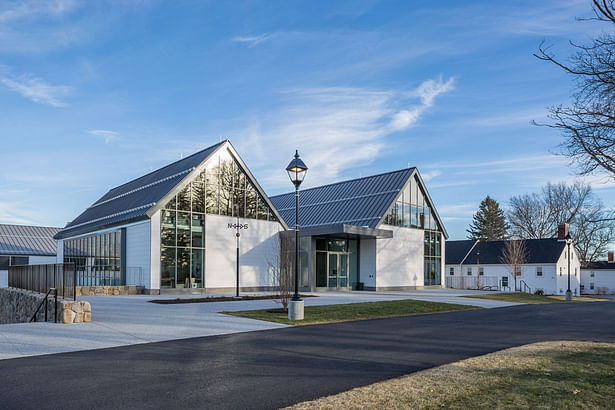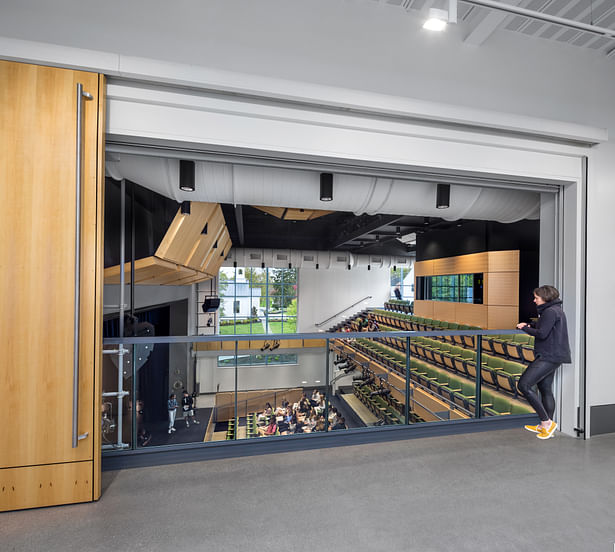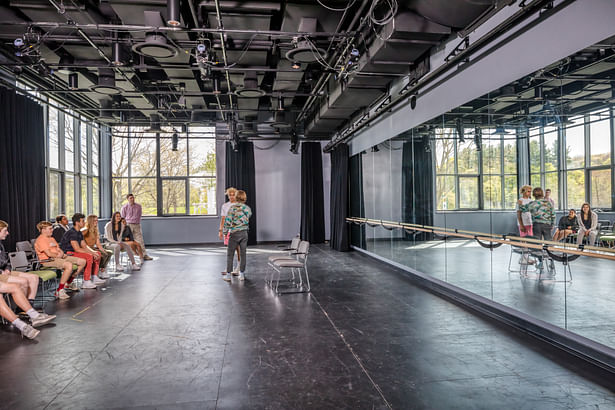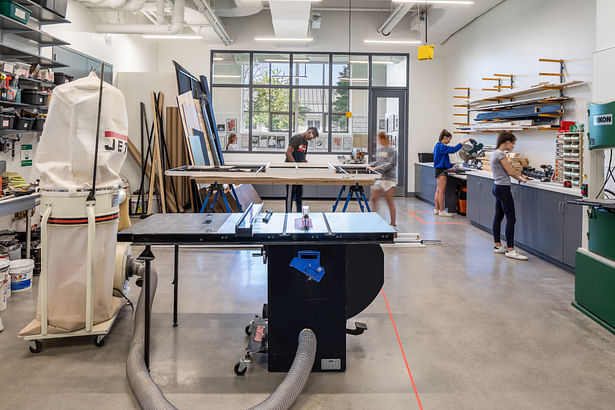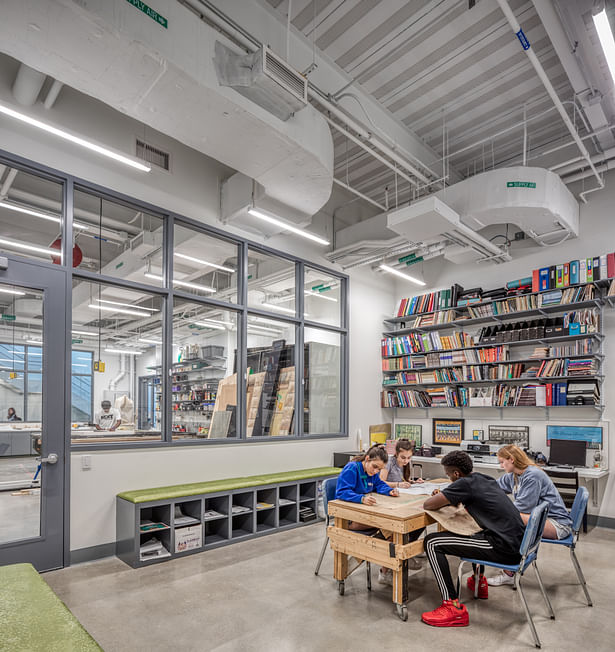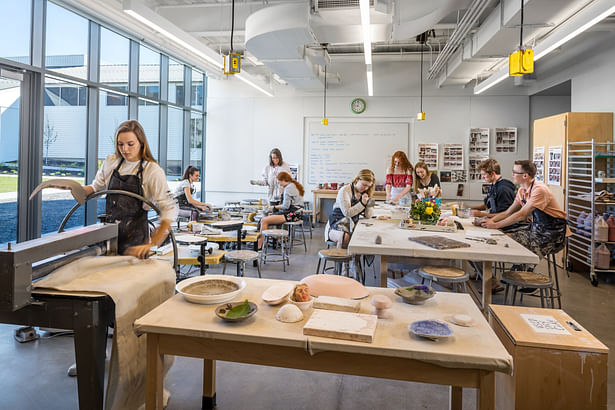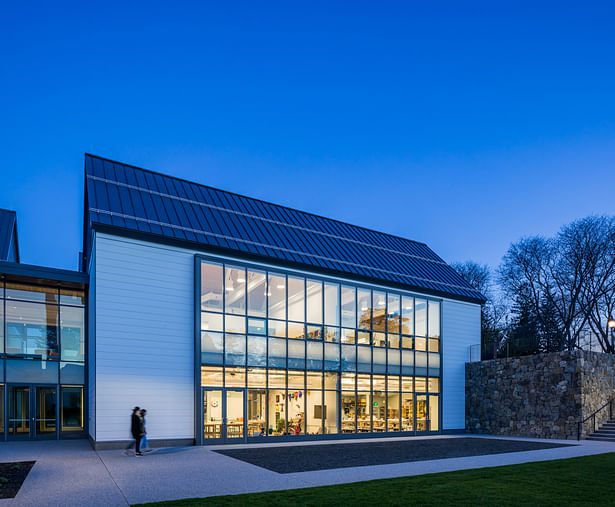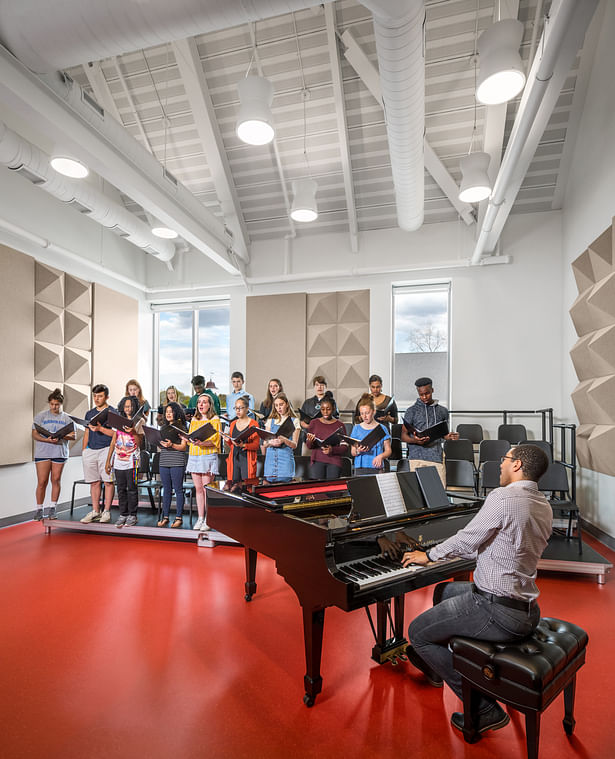

Asian/Pacific Islander owned
Boston, MA
The arts are at the forefront of life at Brooks School, where every student pursues an arts curriculum. Since completion of the Center for the Arts, student interest in the arts has increased, so much so that the curriculum has expanded to reflect this enthusiasm. The Center stands in a premier campus location, surrounded by historic clapboard buildings with steeply pitched roofs. Placing the Center on this site required careful demolition and the sensitive fitting of its footprint and aesthetic among existing buildings. The fully accessible building’s three distinct wings house three distinct arts concentrations, all connected by a wide, two-level “Arts Street.” The acoustic and environmental requirements of the arts concentrations contributed to the three-wing design, which carefully balances programmatic needs and sustainable solutions.
Status: Built
Location: North Andover, MA, US
Firm Role: Architect
Additional Credits: Consigli (Construction Management); Odeh Engineers (Structural); Altieri (MEP); Sladen Feinstein Integrated Lighting (Lighting); Acentech (Acoustics); Jensen Hughes (Code); A.T. Leonard & Associates (Landscape); Whitman and Bingham (Civil); Kalin Associates (Specifications); McPhail Associates LLC (Geotechnical); Jonathan Hillyer (Photography)
